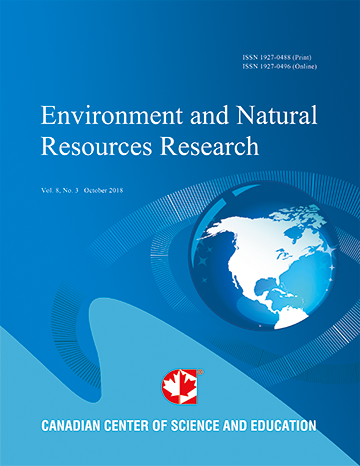Tree Composition and Ecological Structure of Akak Forest Area
- Agbor James Ayamba
- Nkwatoh Athanasius Fuashi
- Ayuk Elizabeth Orock
Abstract
Tree composition and ecological structure were assessed in Akak forest area with the objective of assessing the floristic composition and the regeneration potentials. The study was carried out between April 2018 to February 2019. A total of 49 logged stumps were selected within the Akak forest spanning a period of 5 years and 20m x 20m transects were demarcated. All plants species <1cm and above were identified and recorded. Results revealed that a total of 5239 individuals from 71 families, 216 genera and 384species were identified in the study area. The maximum plants species was recorded in the year 2015 (376 species). The maximum number of species and regeneration potentials was found in the family Fabaceae, (99 species) and (31) respectively. Baphia nitida, Musanga cecropioides and Angylocalyx pynaertii were the most dominant plants specie in the years 2013, 2015 and 2017 respectively. The year 2017 depicts the highest Simpson diversity with value of (0.989) while the year 2015 show the highest Simpson dominance with value of (0.013). The year 2013 show a highest Shannon evenness with value of (0.4879). Logged compartment 2015 has a highest fisher alpha with value of 137.7 depicting highest specie richness The Shortest Euclidean distance of 123.44 between year 2013 and 2017 show that they both have many plants species that are similar. Evidently the forest area is very rich in trees in the lower diameter classes,
and the structure of the Akak forest area is J reverse indicating that the forest is growing to climax.
- Full Text:
 PDF
PDF
- DOI:10.5539/enrr.v9n4p23
Journal Metrics
Google-based Impact Factor (2016): 6.22
h-index (November 2017): 12
i10-index (November 2017): 19
h5-index (November 2017): 11
h5-median (November 2017): 12
Index
Contact
- Emily LinEditorial Assistant
- enrr@ccsenet.org
